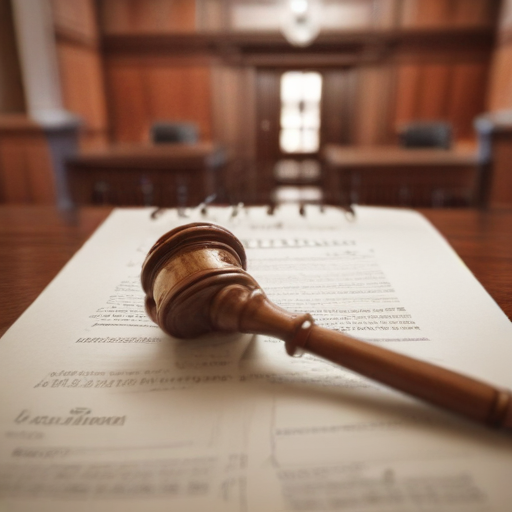Luigi Mangione, a 26-year-old accused of murdering UnitedHealthcare CEO Brian Thompson, appeared in court for a status hearing in New York City on Friday. Arriving in shackles and wearing a bulletproof vest, he was met by dozens of supporters, many of whom donned green attire. Judge Gregory Carro denied a request to remove Mangione’s restraints.
Mangione has pleaded not guilty to state charges but has not yet entered a plea regarding federal murder charges. This arises from Thompson’s killing on December 4, as he walked to a hotel hosting UnitedHealthcare’s annual investor conference. During Friday’s hearing, prosecutors presented various types of evidence to be reviewed by Mangione’s defense team, including police body camera footage, surveillance videos, and forensic materials.
Defense attorney Karen Friedman Agnifilo highlighted the complexity of the case, with three separate prosecutions ongoing across different jurisdictions. She emphasized the importance of fully understanding the evidence before submitting any legal motions. Agnifilo expressed concerns over the handling of evidence and the treatment of Mangione during his arrest, stating that his constitutional rights may have been violated.
The courtroom’s atmosphere reflected public interest, with many supporters holding signs advocating for Mangione. Inside, the hearing took place in the same courtroom that previously hosted Donald Trump’s criminal trial. A grand jury has indicted Mangione on 11 counts, including first-degree murder, which legally categorizes the crime as one carried out in furtherance of an act of terrorism.
Prosecutors have characterized Mangione’s actions as premeditated and driven by animosity towards the health insurance industry, a sentiment that resonates with a broader public frustration regarding corporate healthcare practices. This case has garnered attention not only due to the high-profile nature of the victim but also because of the societal implications surrounding the health insurance sector.
As Mangione continues to await trial, he issued his first public statement from prison, thanking supporters for their encouragement and expressing his awareness of the diverse backgrounds of those who have backed him. His upcoming legal battles will be closely watched, especially with the potential for federal charges to include the death penalty.
Looking forward, the case raises significant discussion regarding the intersections of violence, politics, and public sentiment towards corporate entities. As this situation develops, it will serve as a reminder of the complexities involved in high-stakes legal battles in the U.S.
